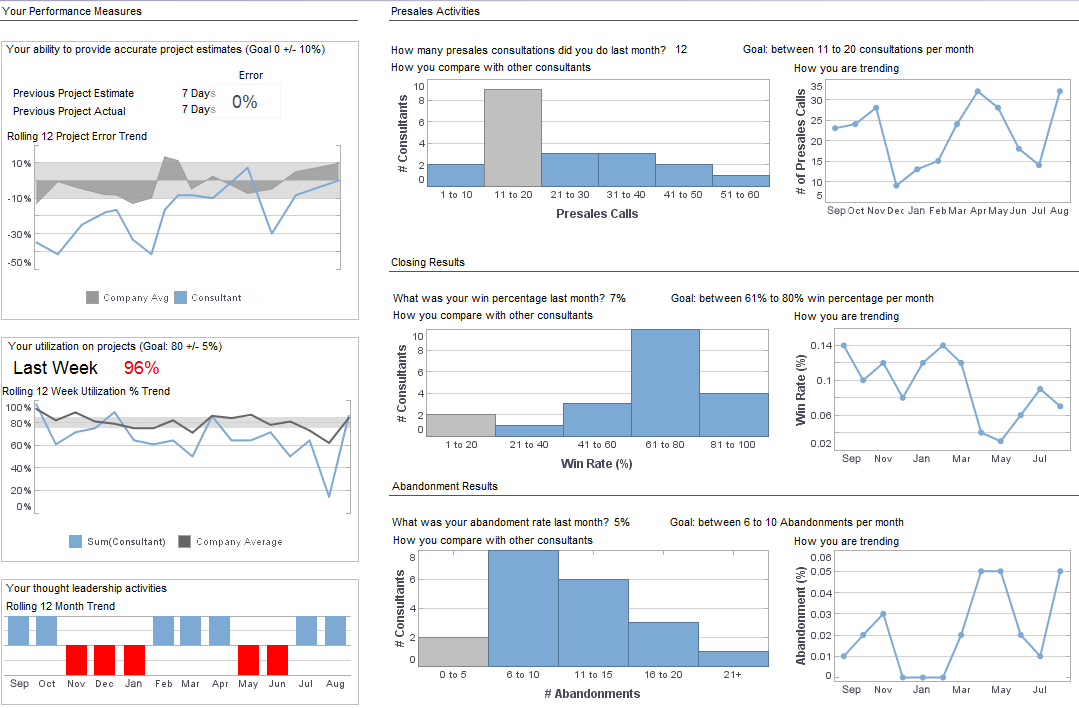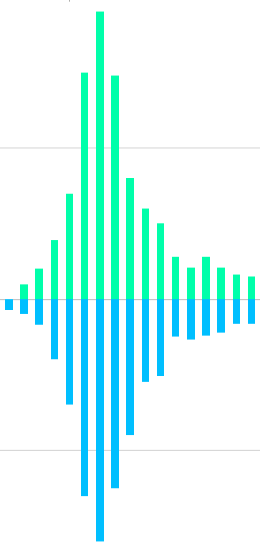InetSoft Webinar: How Data Discovery Software Uncovers Stories
This is the transcript of a Webinar hosted by InetSoft in May 2018 on the topic of "How Data Discovery Software Uncovers Stories in the Data." The speaker is Abhishek Gupta, Product Manager at InetSoft.
Okay. Welcome to today’s webinar entitled ‘How Data Discovery Software Uncovers Stories in the Data.’ While the webinar content will be 30 minutes, we can run over if there are questions. For today’s agenda, we’re going to discuss the landscape of the business intelligence market with the theme of how data tells stories and how stories help people make decisions and run their business.
The end-user often gets stuck though, and they end up in what we call the cycle of pain. The good news is there are new technologies for data visualization and predictive analytics. They have evolved and help reduce the pain and make it easier for end-users to understand their data in order to answer questions. Then we’ll go through several examples, use cases in higher education, financial services, transportation and healthcare. And then at the end we’ll have time for questions and answers.
So just to get started, business intelligence is a term that evolved back in the 50s and refers to the technologies, applications, and practices to collect, integrate, analyze, and present data. The purpose, which seems simple, but if often not met, of business intelligence is to support better business decision making.
 |
View a 2-minute demonstration of InetSoft's easy, agile, and robust BI software. |
Now one of the challenges is when you look at information needs across an organization, it’s not all consistent. Management is looking at different levels of information trying to make strategic decisions. Business analysts are trying to do more in depth drill down and different things with it. A lot of frontline staff will actually need to access information to make tactical decisions. And so this is not monolithic, and that’s one of the challenges as you think about business intelligence applications and how to apply them.
So far the focus of business intelligence has been primarily on management and that means operational reports and scorecards and dashboards so they can understand performance at a high level. However, the staff need to slice and dice data, look at trends and so forth to make decisions. For them just the summary is not enough.
Reports, scorecards, and dashboards fall short because they generally show summary, not the detail, it's time consuming and difficult to put these things in and they consume a lot of IT resources. And as a result the staff are largely unsupported, and there is a whole bunch of research that would, support this high level observation. And it gets worse because once staff go to IT or central reporting for custom reports, they often get the wrong data, too late. To get the right data it is a time-consuming, iterative process, and that’s what we are going to focus on today.
Just as a premise or a foundation, there are four key aspects of business intelligence. At the bottom it's getting the data out of the source system and storing it somewhere, usually in a data warehouse or OLAP server. Or at least this used to be the way it was done. Now with data mashup software like ours, you don’t need to do this. Next comes understanding the data. This is where reporting starts getting into the game. Then ultimately it’s really creating human knowledge out of it so you can make decisions.
Most of the effort has been on these bottom layers of the stack which are obviously fundamental to do in order for the top layers to work, but most of the value now is going to come from getting the top part of this right. So focus on the top two layers understanding information and making decisions.
Operational reporting is a well-established solution and discipline. A number of large players like Cognos and Business Objects and Microsoft have done that fairly well. Our reporting solution is equal if not better. Advance analytics has evolved fairly well with some of the large BI vendors, and there are specialists who do that really well such as SAS and SPSS. There are a bunch of tools that the hardcore business analyst or trained statistician can use.
 |
Read why choosing InetSoft's cloud-flexible BI provides advantages over other BI options. |

